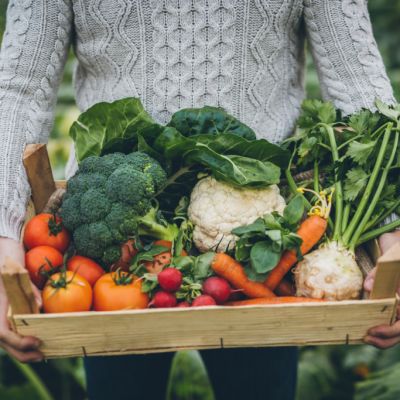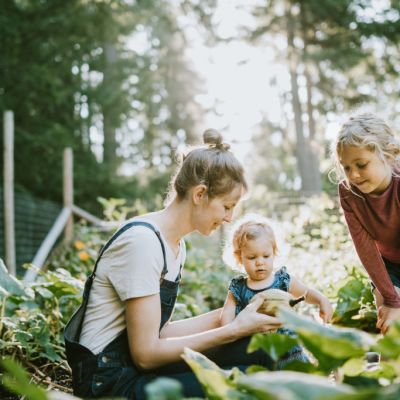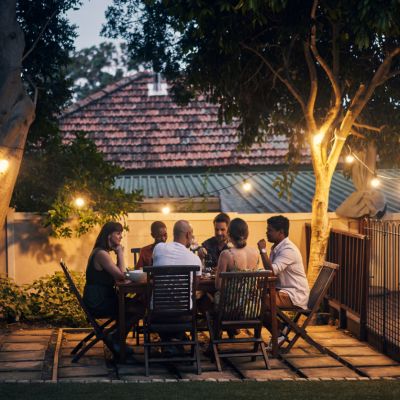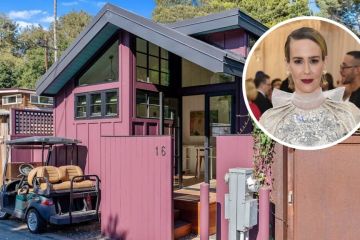How to create a thriving edible garden
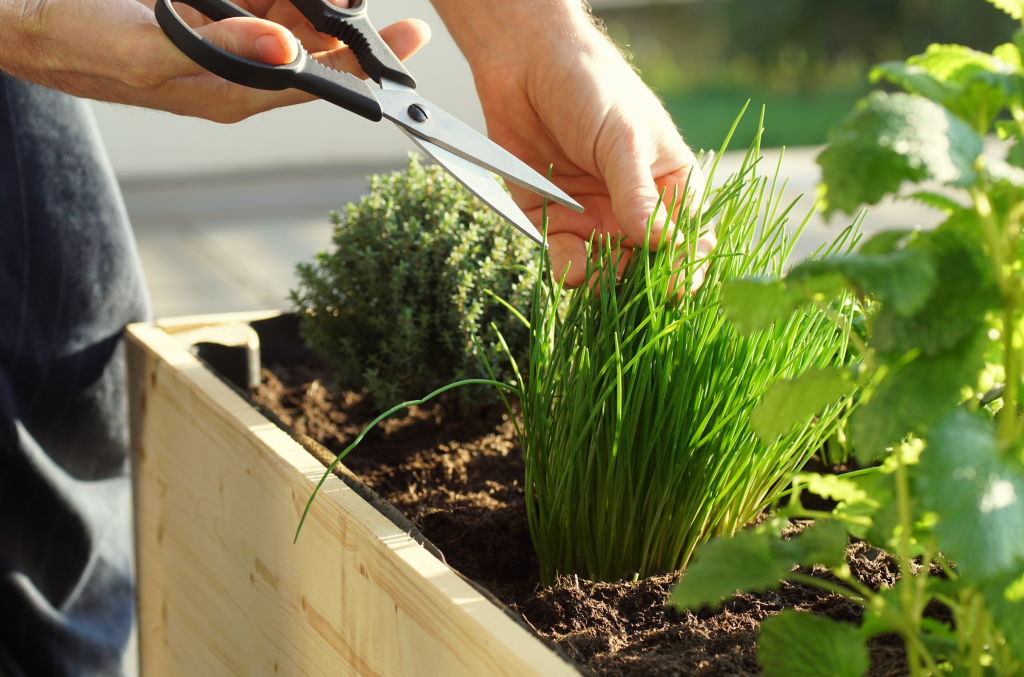
My team and I have been helping people grow food in cities for more than 10 years. Through the practice of designing, building and maintaining productive edible gardens throughout the seasons, we’ve become very aware of the most common mistakes that prevent aspiring gardeners from becoming fully-fledged green thumbs. Below are the main reasons I see flourishing garden dreams hit discouraging speed bumps.
Choosing to grow things that don’t inspire you
It’s simple, really: what do you eat? Grow that first. I often see clients try to grow a huge array of exotic and somewhat challenging edibles first, before becoming a seasoned hand in the garden. Reward yourself by starting out small with a selection of five to 10 herbs or leafy greens that you know you’ll eat. Faster-growing edibles that you’re guaranteed to eat will mean more satisfaction in the kitchen and greater confidence to keep going.
Only planting seedlings to harvest sooner
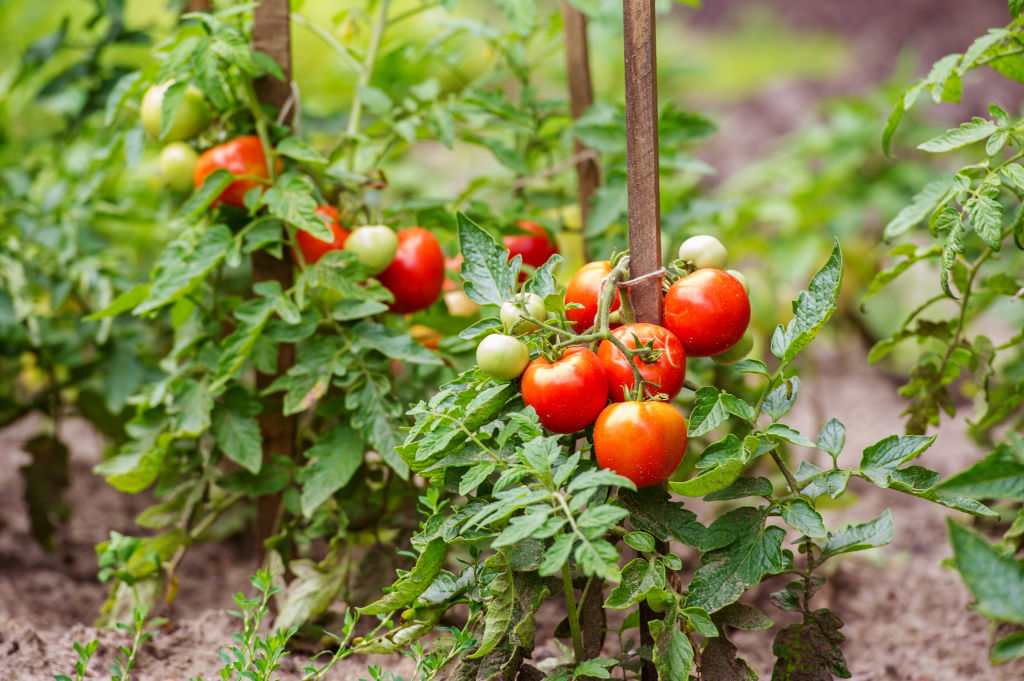
Here’s the thing: some plants are better grown from seed rather than seedlings. While I understand the excitement of planting a half-grown edible into the ground, feeling as though you’ve got a shortcut to success, there are certain plants that struggle when transplanted (planting a seedling means transplanting it from its cosy little container into your beds). Success with seed-grown plants applies to root veggies, climbers like beans and cucumbers, and also leafy greens, such as lettuce and rocket. Herbs such as dill and coriander are also best from seed. If not planted by seed these plants can stress out and go to flower quickly, or simply stay very stunted. It’s also much cheaper to plant from seed.
On the other hand, kale, chilli, and tomato are fine by seedling. So is rainbow chard and silver beet plus our favourite herb, basil.
Planting with little regard for seasonality
We’re well into spring now, so you should be fine to plant your warm-season annuals, as opposed to cool-season annuals, which you would plant in autumn. Check each plant on your wish list is good to go now, otherwise hold onto the seed until your climate cools enough for winter crops to be planted. This seems like a common-sense thing to do, but I can’t tell you how many gardeners get this wrong and wonder why their plants haven’t sprung to life.
Forgetting about UV
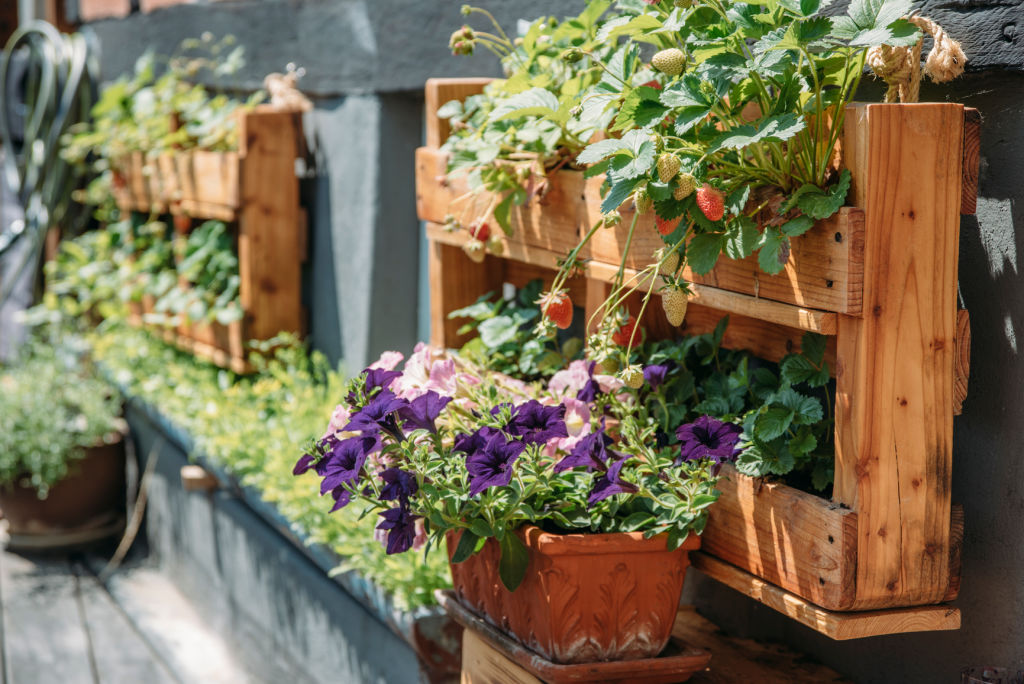
Remember that your edible garden needs six-plus hours of sun each day. Some easy ways to get more rays on your plants are to raise your pots, shift some furniture, use a sunny wall to grow vertically, utilise a verge garden and prune some overhanging branches if possible. Or perhaps your home may have the potential for a roof garden. Anything to capture another hour of precious sunlight. Expect slow growth otherwise, but you can always persist with various shade-friendly plants – river mint, cress, and sorrel do OK in shade and the smaller leafy greens like rocket will persevere.
Skipping the nutrients
Compost, quality potting mix and fertiliser are all essential for a thriving garden. If you’re growing food in the ground you can add compost and/or manure to replenish the soil. This addition of organic matter will improve the water and nutrient holding capacity of clay or sandy soils, plus improve the structure of the soil for growing healthy edible plants. Good quality, premium potting mix will sit in pots or planter boxes without compacting (like soil would) and allow air and water flow for years. Terrible potting mixes are sold cheap – spend the extra and you’ll never regret it. Add an organic veggie fertiliser to both garden types, plus any homemade compost and worm castings if you want real success, sooner.
Neglecting the garden
Gardens require us to take a moment, pay attention, and slow down to observe and understand. You’ll need to dedicate time to check on your edible garden daily (a few minutes is fine). Enjoy the time outdoors to unwind and tend to your garden whenever possible. A water or quick pest inspection doesn’t take long and you’ll be accustomed to noticing the smaller changes.
We recommend
States
Capital Cities
Capital Cities - Rentals
Popular Areas
Allhomes
More
